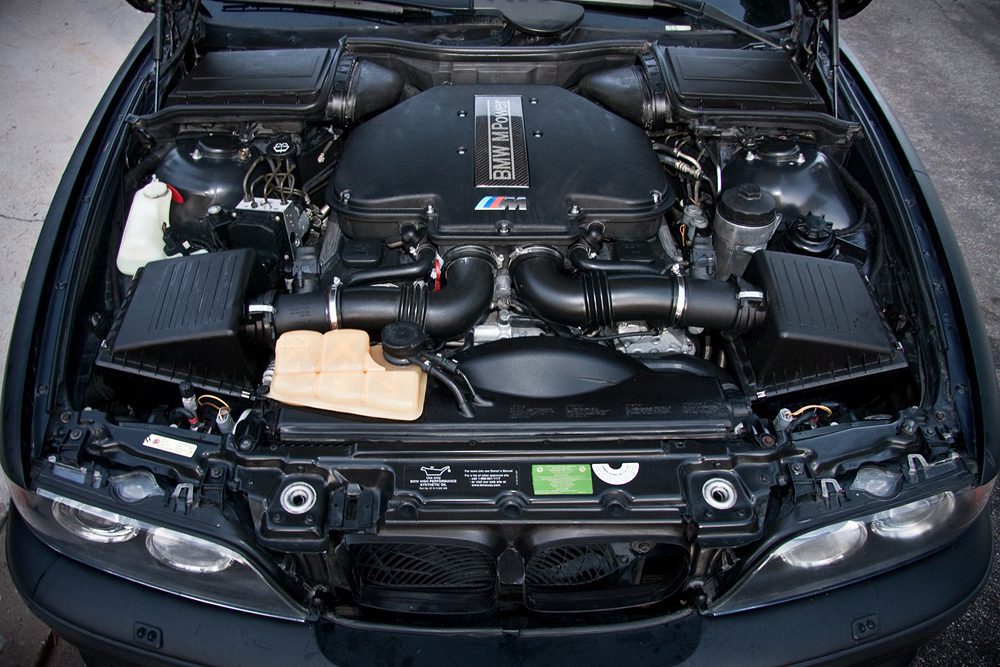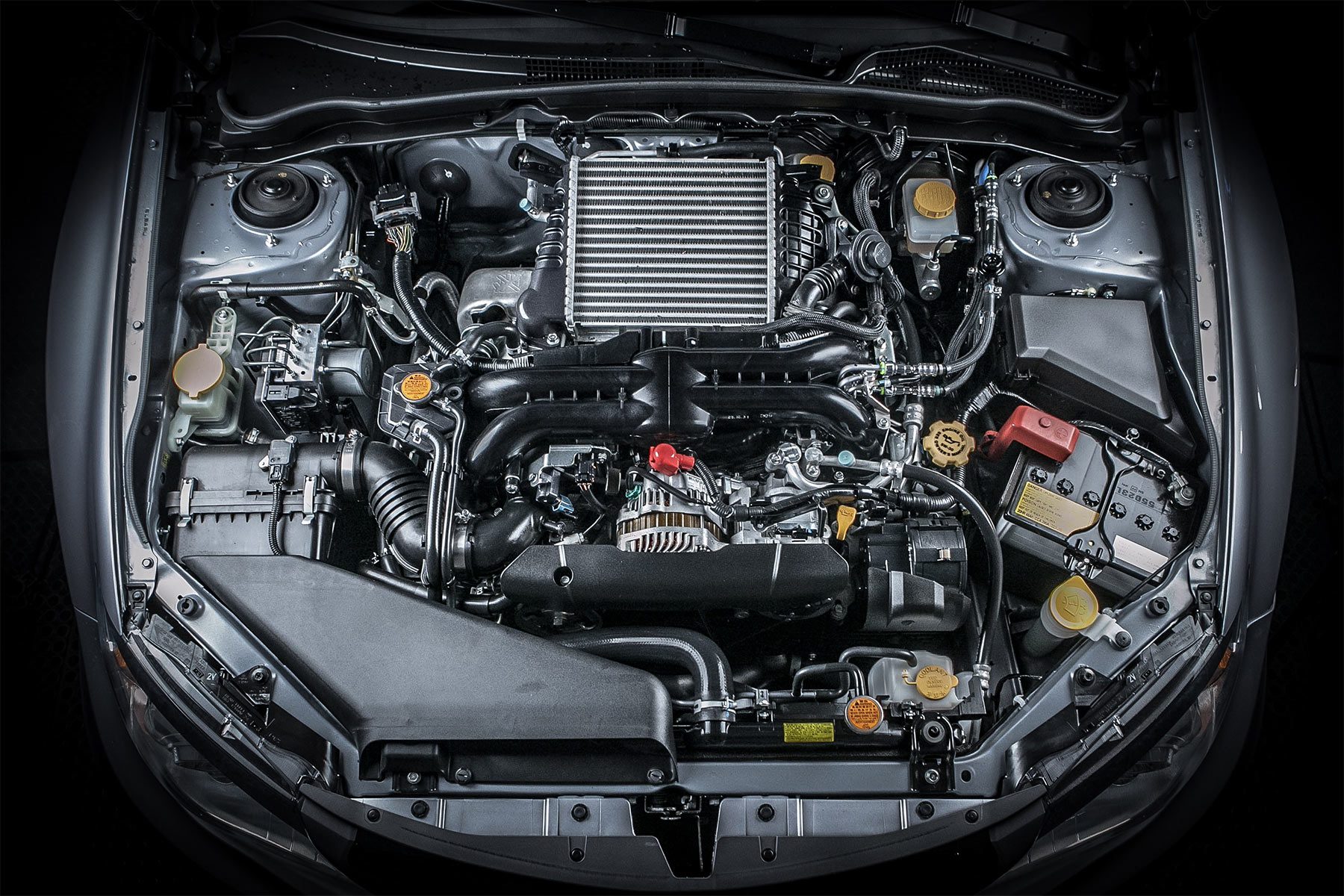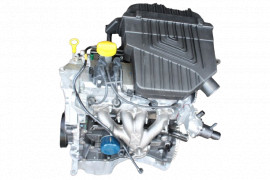Discovering the Inner Functions of a Compact Lorry's Engine System
As chauffeurs, we usually take for approved the complex procedures that happen within the boundaries of our automobile's engine system. In this expedition of a portable lorry's engine system, we will certainly unravel the inner workings of this mechanical harmony, shedding light on the secrets that drive us onward on our everyday journeys.
Burning Process Overview
The combustion procedure in a portable lorry's engine system is a crucial system that successfully transforms fuel right into power to power the automobile. This process occurs within the burning chamber of the engine, where fuel and air mix, stir up, and produce controlled explosions. The burning process is composed of four primary stages: intake, compression, exhaust, and power.
Throughout the consumption stage, the piston moves downward, pulling in a mixture of air and gas right into the burning chamber. The next phase, compression, includes the piston moving upwards, compressing the air-fuel combination to boost its potency. Ultimately, in the power stage, the ignition system ignites the pressed mix, causing a rapid growth of gases that forces the piston back down. This descending motion produces the power needed to drive the lorry. In the exhaust stage, the scorched gases are gotten rid of from the burning chamber through the exhaust valve, preparing the chamber for the following cycle. This cyclic combustion procedure is basic to the operation of a small automobile's engine system, ensuring effective power conversion for propulsion.
Piston and Cylinder Interaction

The piston's exact fit within the cyndrical tube is vital for maintaining optimum compression and preventing energy loss throughout burning. Tight clearances between the piston and cylinder walls ensure efficient sealing, permitting the piston to relocate efficiently without permitting gases to leak past. Proper lubrication is also vital to reduce friction and wear in between these parts, enhancing durability and performance.
Furthermore, the design and materials utilized in producing the piston and cylinder impact engine efficiency and toughness. Modern engines commonly utilize lightweight yet durable products like light weight aluminum alloys for pistons and cyndrical tube liners to navigate here reduce inertia and enhance thermal efficiency. On the whole, the unified interaction in between the piston and cylinder is fundamental to the engine's capability and general performance.
Gas Injection System Capability
Fuel injection systems in portable automobile engines play a vital role in exactly delivering gas to the combustion chamber for reliable and controlled ignition. The fuel shot system operates by injecting gas into the burning chamber at the ideal minute during the engine's procedure (opel corsa engine). This accurate timing ensures that the fuel blends uniformly with the air for correct combustion, resulting view publisher site in improved fuel performance and decreased emissions
There are mainly two sorts of gas injection systems made use of in portable car engines: port gas injection (PFI) and direct fuel shot (DFI) PFI systems inject fuel into the consumption port before the intake shutoff, while DFI systems infuse gas straight into the combustion chamber. Both systems have their benefits, with DFI using much better fuel atomization and PFI offering a much more cost-effective option.
Understanding Engine Cooling Devices
Reliable operation of a portable automobile's engine relies heavily on the performance of its cooling devices. The cooling system in a portable lorry normally consists of several components functioning together to regulate the engine temperature level. Comprehending these engine air conditioning systems is vital for preserving the performance and long life of a small vehicle's engine system.

Exhaust System Elements Explained
The optimum functioning of a portable vehicle's engine air conditioning devices depends on a corresponding system known as the exhaust system, which comprises numerous vital components for making sure efficient discharges and engine efficiency. The exhaust manifold gathers exhaust gases from the engine's cylinders and routes them to the catalytic converter.
One essential element of the exhaust system is the oxygen sensing unit, which these details keeps track of the oxygen degrees in the exhaust gases to aid regulate gas intake and make certain ideal engine efficiency. opel corsa engine. Additionally, the resonator may be existing in some exhaust systems to reduce noise degrees. Overall, the exhaust system plays an essential function in maintaining engine effectiveness, decreasing unsafe emissions, and ensuring a quieter driving experience for small vehicle proprietors

Final Thought
Finally, the portable vehicle's engine system is an intricate mix of parts that function with each other to assist in the combustion process, convert fuel into energy, and expel waste gases. Comprehending the inner operations of the engine system, consisting of the piston and cylinder communication, gas shot system, engine air conditioning devices, and exhaust system parts, is critical for keeping optimum performance and effectiveness of the car.
The combustion procedure in a small automobile's engine system is an essential mechanism that efficiently converts gas right into power to power the lorry.Gas injection systems in small car engines play an important function in exactly providing fuel to the combustion chamber for controlled and effective ignition.There are largely 2 types of fuel shot systems made use of in portable automobile engines: port gas shot (PFI) and straight gas shot (DFI) Comprehending these engine cooling mechanisms is vital for maintaining the performance and long life of a portable vehicle's engine system.
The ideal functioning of a compact lorry's engine air conditioning systems depends on a complementary system known as the exhaust system, which comprises numerous essential components for guaranteeing efficient emissions and engine efficiency.